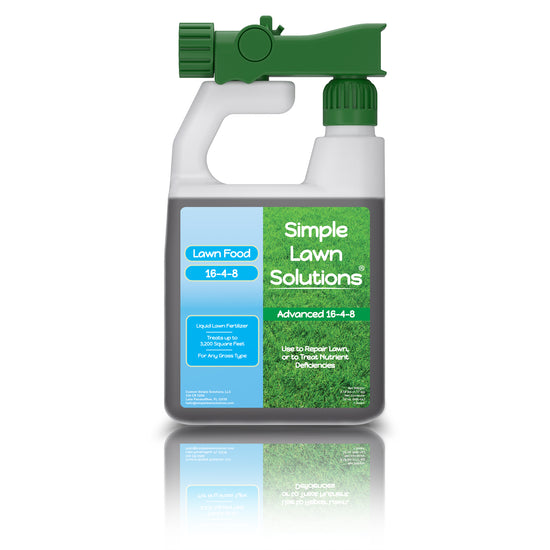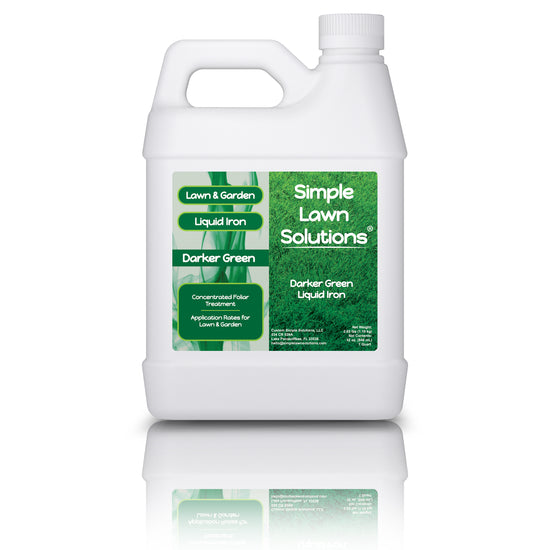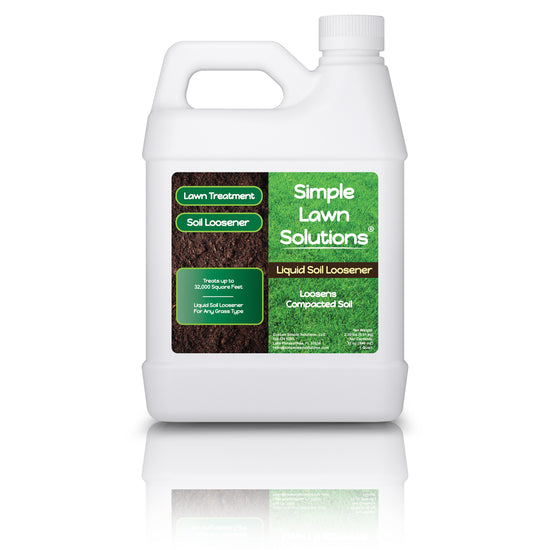
There are so many different lawn care products with unique uses that it can be daunting to select the right one. We're here to simplify lawn care for you by explaining the benefits of slow-release and quick-release fertilizers.
In this guide, we’ll learn all about slow-release fertilizers and if they are the right type of product for your lawn care needs. Additionally, you will know how slow-release fertilizers differ from quick-release fertilizers and how to prepare your lawn for the most optimal nourishment.
Slow Release Fertilizers
All fertilizers contain a blend of macronutrients that work to enrich grass from the soil to grass blades. They are composed of varying blends of macronutrients like nitrogen, phosphorus, and potassium mixed with micronutrients, such as iron, copper, and zinc. The active ingredients in any lawn care fertilizers are necessary for healthy soil. Different fertilizers may have a combination of nutrient ratios. Still, there is also a variance in the fertilizer product's chemical makeup that directly impacts how slowly or quickly the nutrients are released into the ground.

Organic materials take time to decompose and break down. The byproduct of organic materials is recycled into pellets to create slow-release fertilizers. They are dispersed across your lawn with a spreader. Slow-release refers to the time it takes to break down and release nutrients into the soil. The time it takes for soil absorption and nutrient uptake is dependent on the ground’s moisture and temperature when using slow-release fertilizers.
When it comes to lawn care, faster is not always better. The process of slowly releasing nutrients is beneficial for specific lawn care situations. You want to make sure your lawn care products and techniques will pay off now and in the long run. Lawn care health starts with the soil and fertilizer allows complete nourishment from the ground up.
These are just a few examples of the benefits of slow-release fertilizers:
- Fertilize over an extended period
- Less likely to burn grass
- Encourage uniform growth
- Require less frequent application
Depending on your lawn care needs, you may want to consider the use of slow-release fertilizers to restore the health of your lawn. They are ideal for improving the overall health of an established lawn.
Whether using slow-release or quick-release fertilizers, you'll want to be sure you apply nutrients at the most optimal time and conditions, otherwise those nutrients could go to waste without proper absorption. Follow these lawn fertilizer guidelines to yield the most results from your lawn fertilizer.
Slow Release vs. Quick Release
 Slow-release fertilizers have their benefits, but quick-release fertilizers can be a suitable choice, too. Quick-release fertilizers release nutrients at a faster speed. These types of fertilizers are also more water-soluble and popular with liquid fertilizer applications.
Slow-release fertilizers have their benefits, but quick-release fertilizers can be a suitable choice, too. Quick-release fertilizers release nutrients at a faster speed. These types of fertilizers are also more water-soluble and popular with liquid fertilizer applications.
There are several benefits to using quick release fertilizers on your lawn:
- Nutrients are immediately available for plant and soil absorption
- Fast results for aesthetic needs
- Beneficial for new or young grass
Quick-release fertilizers allow fast absorption and seemingly immediate results. The choice to use slow-release or quick-release fertilizers depends on your grass and its needs. Identifying the problem and your goals will help you decide which type of fertilizer is best for a healthy lawn.
Liquid Fertilizer

Liquid fertilizer gives a far more uniform application than traditional granular fertilizer pellets. When compared to granular fertilizer, it is exceptionally easy to use because it doesn’t require spreading equipment. The nutrients in liquid fertilizer are homogenous and well-mixed, so when you attach the fertilizer bottle to your hose, you can evenly spray your lawn for quick nutrient absorption. The application is as easy and as quick as hand-watering your lawn. With the combination of water and fertilizer already together, there's no need to go back to water your lawn after the application, as you might need to do with other fertilizers.
With a liquid lawn care application like liquid fertilizer, your lawn can receive an equal distribution of products so that one spot is not better or worse than another part. The benefit of liquid fertilizer is that you do not need to wait for rainfall, plan for the right temperature, or apply perfect moisture conditions. Liquid fertilizer can be applied at any time, though we recommend a fertilizer application at least one to two times a year.










2 comments
Hello John, thank you for your comment. We do not know of any injector systems, however, our fertilizers are made to be sprayed by hand with a hose-end sprayer. You could also use a backpack sprayer to mix the solution with water. Please reach out by email if you have any other questions! : )
Are there injector systems available that allow for application of your liquids with underground irrigation systems. Our systems draws water from a lake (for whatever that’s worth).